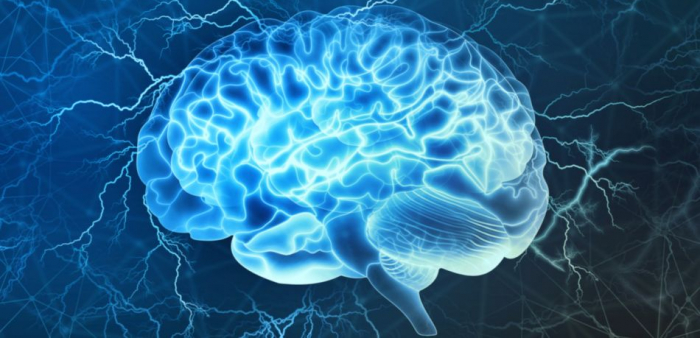Spanish neuroscientist Santiago Ramón y Cajal revolutionized the study of the brain when he observed neurons for the first time. His investigations, now more than 100 years old, revealed intricate details of nerve cells in many different animals, including humans—rootlike dendrites attached to bulbous cell bodies, from which extend long, slender axons.
Cajal’s examinations also revealed dendrites (via which nerve cells receive signals from other neurons) were much longer in humans than in rodents and other animals, even other non-human primates. A new study, published this week in Cell, shows that in people these antennalike projections also have distinct electrical properties that may help explain how the brain processes arriving information.
Scientists have been meticulously studying dendrites in the decades since Cajal’s initial observations. Still, “the only thing we really knew about human dendrites was their anatomy,” Massachusetts Institute of Technology neuroscientist Mark Harnett says. “There was a lot of potential for human dendrites to be doing something different because of their length, but there was no published work, as far as I know, on their actual electrical properties.”
So Harnett and his colleagues set out to investigate whether the length of dendrites affected electrical signals transmitted through them. With the help of a neurologist, Sydney Cash of Massachusetts General Hospital, they were able to obtain brain tissue that had been removed from epilepsy patients undergoing routine surgery to help allay seizures—a procedure in which physicians routinely remove part of the temporal cortex to get to the hippocampus, a structure deep inside the brain where seizures typically originate. Once the research team obtained the resected tissue, they then hurriedly transported it back to the lab, where they sliced and tested the samples. Because the human tissue could only be kept alive for a few days, experiments usually continued for 48 hours straight. “We would work in shifts and go home and sleep then come back and keep recording,” Harnett says.
In total, Harnett’s team examined brain slices from nine patients and 30 rats. To study the electrical properties of the neurons within these samples, the researchers used patch-clamp recording, which involves attaching small glass needles to nerve cells to measure their activity. These probes revealed that although human and rodent dendrites shared basic features, such as the ability to produce an action potential, there were some key differences between the two species. When the researchers injected an electrical current into the neurons’ dendrites, they found much less activity made its way to the somas (cell bodies) in human cells than to the rodent somas. “That immediately suggests that [signaling is] much more compartmentalized [in human dendrites],” Harnett says. “That means whatever local processing happens in the dendrites can happen independently of what's going on in the soma.”
Harnett compares these dendritic compartments with the tumblers in a lock: As locks get more complicated, you get more tumblers, and you need a more sophisticated key to unlock it. In a similar way, human dendrites may require very specific signals to strongly influence the soma. Ultimately, the properties of human dendrites could endow neurons with more computing power than those of rodents. Because signals are more easily transmitted from one end of the cell to the other in rats, it suggests that the processing of electrical signals in these animals’ dendrites are less compartmentalized, Harnett notes.
Michael Hausser, a neuroscientist at University College London who was not involved in this work, says this new study supports decades of research on animals—mostly rodents—that have shown dendrites can segregate signals in this way. Based on those observations, he says, scientists expected there would be a greater degree of compartmentalization in the dendrites of human neurons than many other animals,’ because they are much longer. And subsequent work with computational models suggested having more independent processing compartments within dendrites could provide greater computational power within a single cell.
Still, the actual computations dendrites carry out—and the behaviors linked to the activity in these neuronal branches—are still unclear. But scientists have some ideas: One possibility, Hausser says, is the electrical activity within the dendrites could detect the simultaneous occurrence of separate signals—say, incoming information about the smell and shape of a rose. In addition to identifying different inputs to the neuron, dendrites could also be involved in binding this information together and storing it.
Of course, these ideas have yet to be tested experimentally. But Harnett’s study “represents a first step in a new era of exploring our own dendrites,” Hausser says. “And that's incredibly important for understanding how human brains work.”
Javier DeFelipe, a neuroscientist at the Cajal Institute in Madrid who was not involved in the work, says this study points to the importance of studying human tissue. Many neuroscience studies rely on rodent work, but there are several ways the animals’ brain differs from humans. This work shows that in addition to size differences, there are also differences in the way the human organ functions. “Our brain is not a bigger mouse brain,” DeFelipe says.
Scientific American
More about: science
















































